War
A Few Quick Facts: Inflation
March 2, 1944
Private Snafu learns about inflation
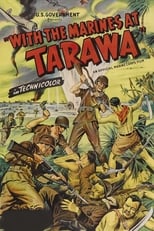
With the Marines at Tarawa
March 2, 1944
Documentary short film depicting the harrowing battle between the U.S. Marines and the Japanese for control of the Pacific island of Tarawa. Preserved by the Academy Film Archive in partnership with National Archives and Records Administration in 2005.
Information Please
March 1, 1944
Instructional military film that shows the many deceptive ways that Germans might extract valuable information from British prisoners-of-war.
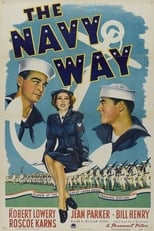
The Navy Way
February 26, 1944
The experiences of a disparate group of young men as they make their way through Navy boot camp.

The Purple Heart
February 25, 1944
This is the story of the crew of a downed bomber, captured after a run over Tokyo, early in the war. Relates the hardships the men endure while in captivity, and their final humiliation: being tried and convicted as war criminals.
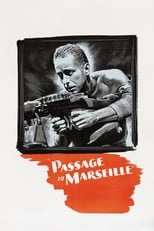
Passage to Marseille
March 11, 1944
A freedom-loving French journalist sacrifices his happiness and security to battle Nazi tyranny.
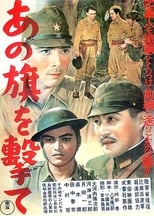
The Dawn of Freedom
February 10, 1944
This film was made by the Japanese occupation authorities in the Philippines as a propaganda film to show the Philippine people the "benefits" of the Japanese invasion and takeover of their country.

Song of Russia
February 10, 1944
American conductor John Meredith and his manager, Hank Higgins, go to Russia shortly before the Nazi invasion of the Soviet Union. Meredith falls in love with beautiful Soviet pianist Nadya Stepanova while they travel throughout the country on a 40-city tour. Along the way, they see happy, healthy, smiling, free Soviet citizens, blissfully living the Communist dream. This bliss is destroyed by the German invasion.

Cowboy Canteen
February 9, 1944
Song and comedy revue, featuring Western talents, along with a theatrical troupe taking their vacation on the Lazy B Ranch run by Steve Bradley. Steve is about to enter the army and he and Tex Coulter compete for the love of Connie Grey.

Bell-Bottom George
February 7, 1944
George is an unwilling civilian during the war. When an enlisted friend switches clothes with him in order to go to a party, George finds himself mistakenly pressed into the navy, where he gets involved with pretty Ann Firth and caught up in a subplot involving German spies.

None Shall Escape
February 3, 1944
Through flashbacks, the story of a Nazi war criminal is exposed.
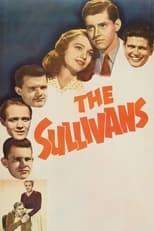
The Fighting Sullivans
February 3, 1944
The lives of a close-knit group of brothers growing up in Iowa during the days of the Great Depression and of World War II and their eventual deaths in action in the Pacific theater are chronicled in this film based on a true story.
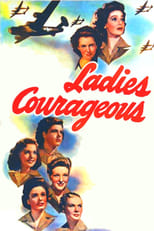
Ladies Courageous
February 2, 1944
Loretta Young stars in this drama about female pilots during WWII.
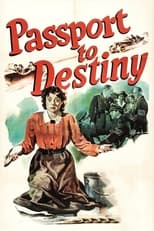
Passport to Destiny
January 31, 1944
An English charwoman, believing herself protected by a magic eye amulet, travels to Nazi Germany to personally assassinate Adolf Hitler.

The Impostor
February 10, 1944
The story concerns a condemned murderer named Clement (Jean Gabin), who is "liberated" when the Nazis bomb the French jail that holds him. During his escape, Clement comes across the body of a French soldier; he steals the dead man's uniform and identification papers, then hides from the law by joining the Resistance movement. Clement's new identity and purpose in life reforms him, and in due time he has sacrificed himself in service of his country.
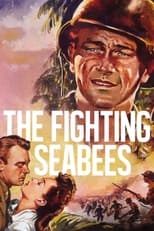
The Fighting Seabees
January 27, 1944
Construction workers in World War II in the Pacific are needed to build military sites, but the work is dangerous and they doubt the ability of the Navy to protect them. After a series of attacks by the Japanese, something new is tried, Construction Battalions (CBs=Seabees). The new CBs have to both build and be ready to fight.
At His Side
January 24, 1944
Documentary short film depicting the activities of the American Red Cross in the Allied war effort.

Rainbow
January 24, 1944
The German conquerors are above nothing, not even the slaughter of small children, to break the spirit of their Soviet captives. Suffering more than most is Olga (Nataliya Uzhviy), a Soviet partisan who returns to the village to bear her child, only to endure the cruelest of arbitrary tortures at the hands of the Nazis. Eventually, the villagers rise up against their oppressors-but unexpectedly do not wipe them out, electing instead to force the surviving Nazis to stand trial for their atrocities in a postwar "people's court." (It is also implied that those who collaborated with the Germans will be dealt with in the same evenhanded fashion).
Two Fathers
January 19, 1944
An Englishman and Frenchman sharing a hotel room discover their children are fighting on the same side, French Resistance and R.A.F.

Booby Traps
January 15, 1944
Pvt. Snafu thinks he's too smart to get caught by an enemy booby trap, but he soon finds that the traps are alluring and that he is every bit the booby.